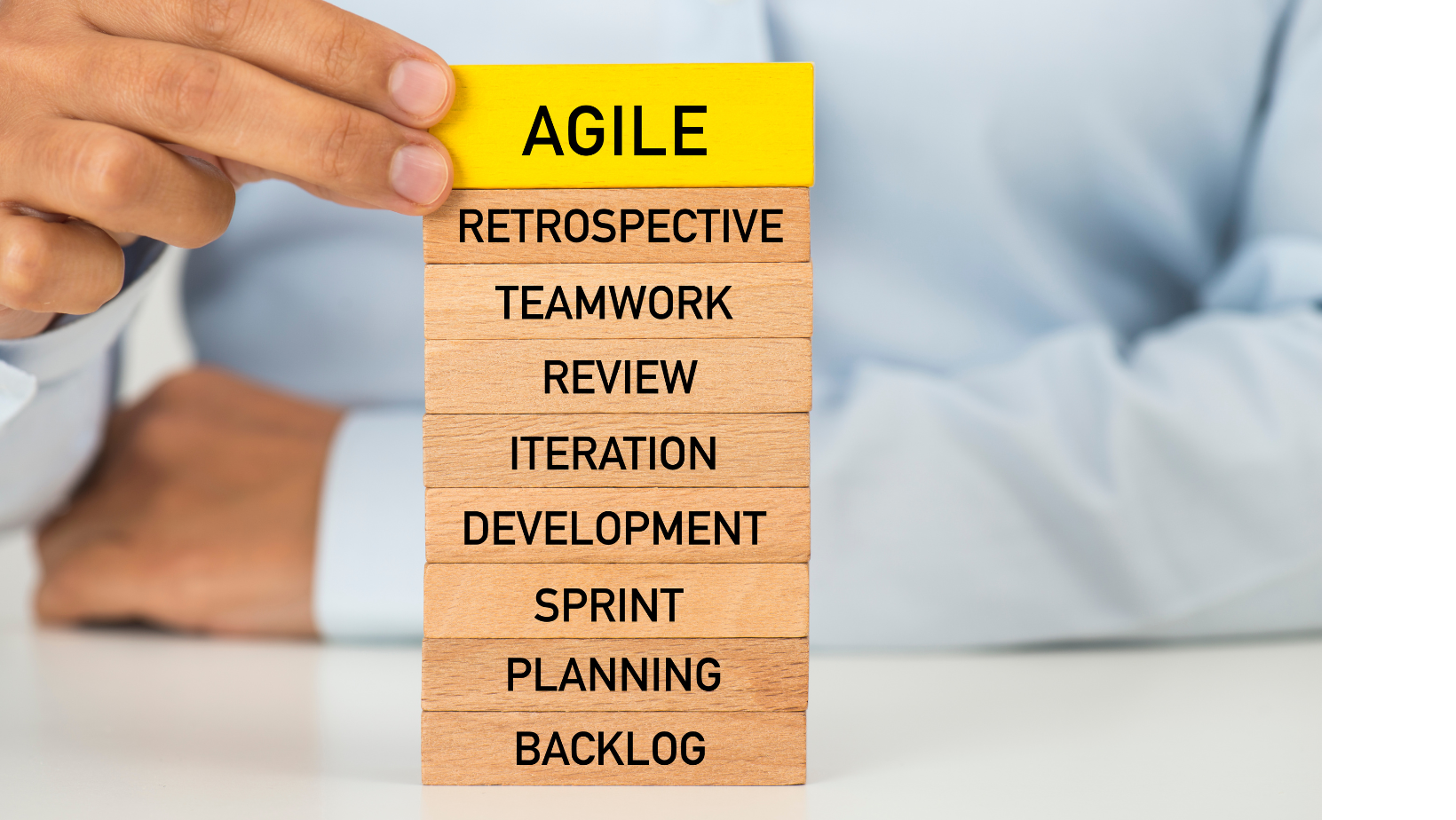Success is rarely spontaneous. Whether it be in the realm of athletic training, academic study, or most other contexts, any successful outcome is usually preceded by a rigorous and structured process—but structure isn’t everything. In fact, too much structure can have diminishing and even negative returns. If your marathon training program calls for a 12-mile run on Sunday, but a flash storm is throwing hale sideways outside, is your training plan ruined? No! But you do have to acclimate. This is the key. Structure is important, but it can fall apart if it isn’t led by another trait: agility.
This is the idea behind the Agile Manifesto, a collection of values set forth to discover better ways of developing software in complex in contexts. These values, however, can generally be applied more broadly to any situation where a business has to confront complex situations, and finding ways to inject these values into a cohesive strategy is the essence of an agile methodology. Being pragmatic and thinking on your feet are the common threads woven through these values. Let’s take a look at how these values can be reflected in methodology.
Individuals and Interactions Over Processes and Tools
Planning for success means including the necessary tools to do a good job, but tools aren’t everything. In fact, they are nothing if they aren’t backed by a skillful and motivated team. Proper collaboration between a talented team can make magic happen, even when the optimal tools and processes are out of reach.
In terms of methodology, we can consider how tools and processes are often set out at the conception of a plan. In the real world, however, things never go exactly to plan. When dealing with complex tasks in complicated settings, there is going to be a point down the road where your team is thrown off track of the original plan, and when that happens, are your protocols and software investments going to save the day? Of course not, but an agile team that is quick to adjust will. An agile methodology focuses on these individuals and building capacity for flexibility so that a team can flex without breaking.
Working Software Over Comprehensive Documentation
What’s more important, the packaging or the product? The Agile Manifesto is not against documentation to be clear, but at the end of the day, the functioning software is the main deliverable, and the main goal of software development. The proper documentation should come with, but it is not the focus.
This is true for all deliverables even outside of software. A working product is the goal. Instructions and specifications are important, but they are of no value by themselves. While time and energy should be invested in both of these aspects, the quality of the finished product should not be sacrificed for the sake of polished documentation. Agility in methodology can look like this: results are the ultimate goal, even if they are ultimately delivered slightly differently than expected.
Customer Collaboration Over Contract Negotiation
Often, the relationship between the team and the client can be purely transactional and, unfortunately, adversarial. This is only counterproductive and should never be the goal, nor the default. Just as collaboration is crucial between members of the team, collaboration is a vital aspect of a successful contract.
Although this is often not the norm, through a critical lens, the alternative seems ridiculous. The client expects a specific outcome and, as time passes and they learn more about their needs and tasks, their appropriate expectations may change or evolve. Likewise, a team that sets out too complete a specific product or task is bound to learn more about the process down the line, and perhaps develop a better understanding of how this product or solution should be implemented. After both of these entities have learned how to make the final product better, why should either have to stick to the original understanding of the contract? A dynamic and collaborative effort is truly the only approach that makes sense, and is a shining feature of agile methodology. Having the agility to adapt towards better processes and developing perspectives is ultimately better for everybody involved.
Responding to Change Over Following a Plan
Again, the common thread running through these points should be clear at this point. You’ve laid out your tools and your protocols, you’ve committed to a specific product and the relevant documentation, and you’ve come to an agreement with the client. Great. What happens when something knocks you off this predetermined plan?
Whether it be the healthy and collaborative development of a new plan of action, or an unforeseen complication that makes the original plan suddenly infeasible, the only way your team moves forward through the change is by adapting accordingly. In any scope that this might take, the word of the day is agility. The precise details and scope of an agile methodology are specific to each team and context, but these values can serve as fundamental pillars to make sure any team’s approach can stand up to the test.
Living Pono is dedicated to communicating business management concepts with Hawaiian values. Founded by Kevin May, an established and successful leader and mentor, Living Pono is your destination to learn about how to live your life righteously and how that can have positive effects in your career. If you have any questions, please leave a comment below or contact us here. Also, join our mailing list below, so you can be alerted when a new article is released.
Finally, consider following the Living Pono Podcast to listen to episodes about living righteously, business management concepts, and interviews with business leaders.

